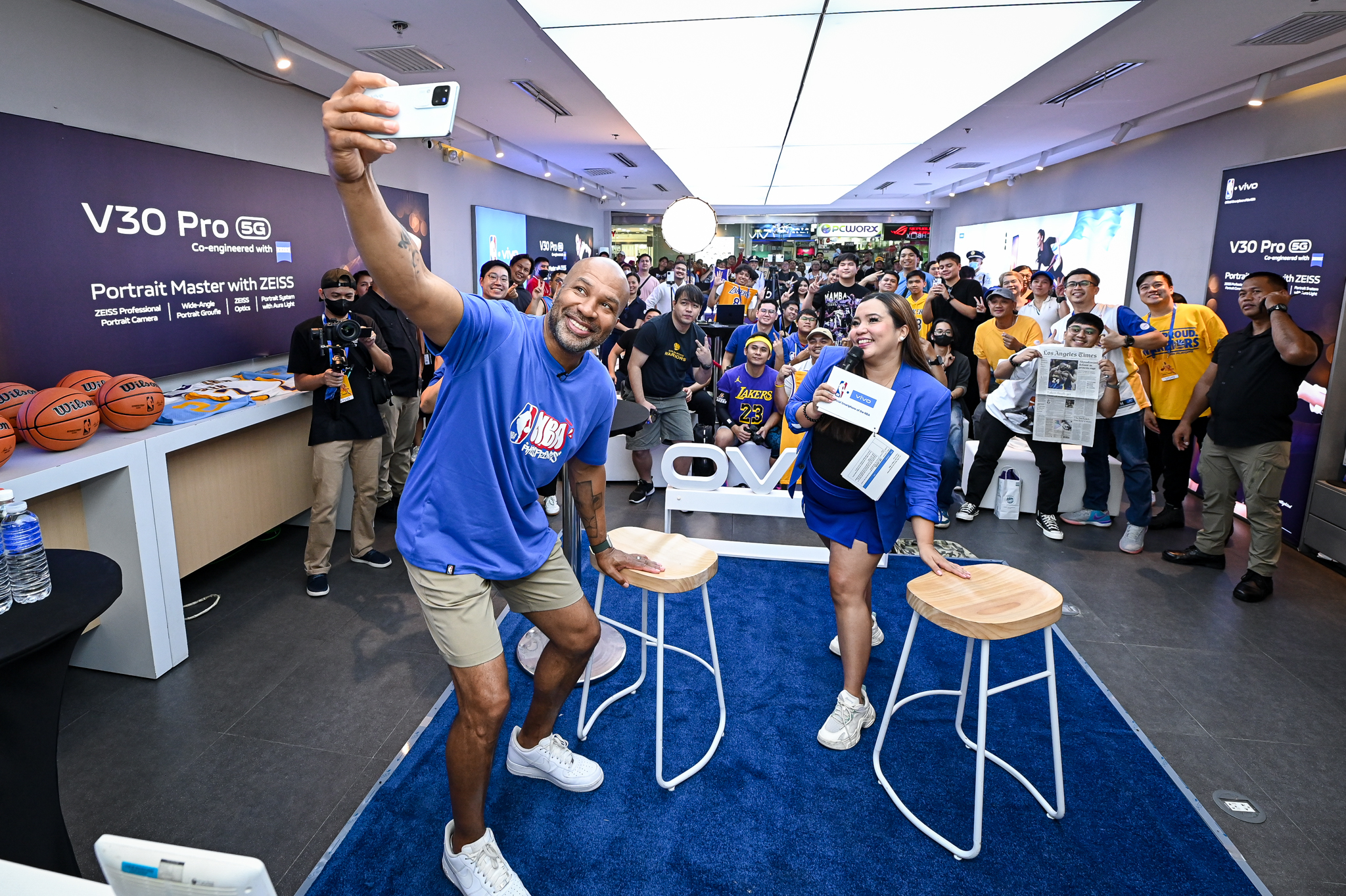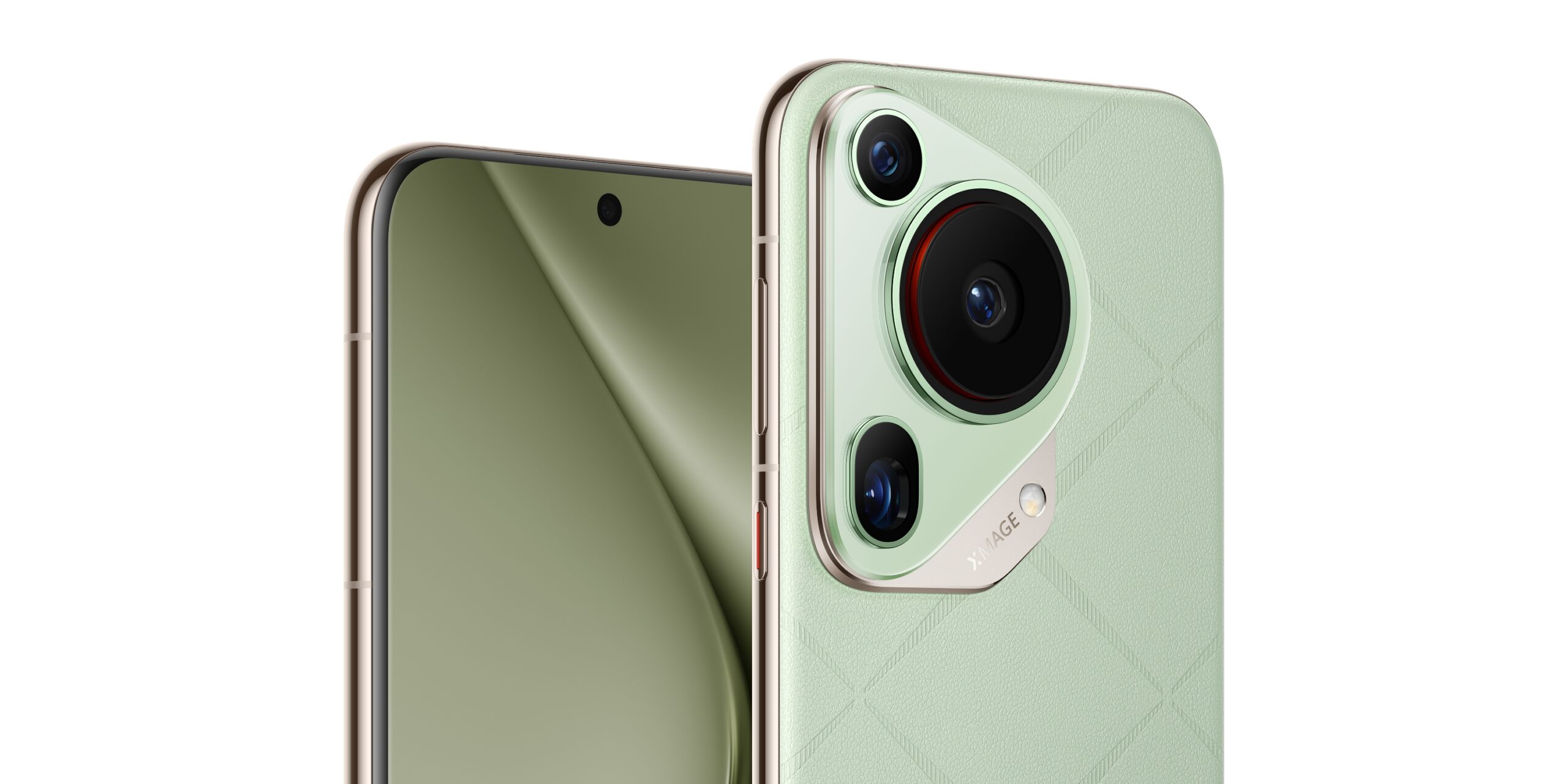We go hands-on with Samsung’s Galaxy Note 9!
Samsung has officially launched the latest member of their Galaxy, the Note 9. We’ve managed to get a few hours of hands-on time with the new phone, and speaking as a person who has had advanced access to Samsung’s flagships before the general public, I can honestly say that the Galaxy Note 9 is the least impressive of all the company’s flagships to date.
That’s not to say it’s a bad phone. Samsung, if anything, is a company that excels at iteration. Each new flagship that the company releases is a refined version of the last, with the company throwing in enough new things in the mix to keep things interesting. The Note 9 is no exception, though it feels like the most iterative phone in the company has released. People looking to upgrade from the Note 8 and the S8 may not find enough new things in it to justify a purchase, and its high price tag is liable to scare off new buyers.

What is it?
It’s the latest entry to Samsung’s Note series of phones, and the company’s interpretation of the ultimate big-screen phone or phablet, as its more commonly known. Samsung created the product category with the very first Note back in 2011, and since then they’ve continually pushed the boundaries of what a big-screened phone should be, with their competitors following closely behind. The impact of the Note series on the smartphone market can’t be ignored, as most phones nowadays have screen sizes of 5.5-inches and higher, which was previously thought by their competitors (Apple included) as impractically large.

How different is it from the Note 8?
Not very. Just like the Galaxy S8 and S9, the devil is in the details when it comes to spotting the physical differences of the two phones. The most obvious indicator that you’re holding a Note 9 and not the Note 8 is the rear camera module. Samsung’s corrected that oft-maligned offset fingerprint sensor that was on the Note 8 to a place you can actually reach it, AKA right below the dual cameras. While it’s still a challenge to reach for people who have small hands (AKA small Asian women) it’s now at a place where you can really use it without leaving fingerprints all over the camera lenses.

You’ll need to look a little closer to spot other changes to the design though. The camera module is now the same color as the main body, so there’s no weird two-tone design to the thing if you got any other color aside from the black variant. The aluminum frame is no longer rounded – it now sports what Samsung calls a “diamond cut”, AKA chamfers, on the sides. The screen is a smidge bigger (6.4-inches compared to 6.3-inches), and the bezels on the top and bottom are a tiny bit smaller as a result. The phone is also almost imperceptibly wider, to accommodate a bigger battery (4000mAh).

The Note 9 essentially borrows the variable dual-camera setup that’s present on the S9 Plus. You’re getting a 12-megapixel wide-angle camera with dual aperture capabilities, switching from f/1.5 and f/2.4 depending on the lighting situation, plus a 12-megapixel secondary zoom camera with 2x optical zoom and a f/2.4 aperture. Samsung didn’t just copy and paste the camera arrangement on the S9 Plus onto the Note 9 without any changes – they’ve put in AI capabilities via intelligent scene detection in the camera to help it take better shots of people, places, and things.

A Note wouldn’t be a Note without a stylus, and this year’s S-Pen has been completely overhauled by Samsung. It’s now Bluetooth-powered and has enough juice inside of it to power it for 30 minutes or 200 clicks. You can control the phone’s camera with the S-Pen, as well as launch an app of your choice with it. It also comes in different colors aside from black – the snazzy yellow pen came with the Ocean Blue variant of the phone. It’s clear that Samsung wants users to see the S-Pen as something more than just a handy writing implement, though it’s unclear if its new tricks will convince you to take it out of the holster more often.

As is the custom with the Note series, the Galaxy Note 9 is getting the same processor as the Galaxy S9 and S9 Plus: Qualcomm’s Snapdragon 845 chipset for people in the US and Samsung’s own Exynos 9810 processor for Asia and the rest of the world, including the Philippines. Samsung is making sure that running out of storage is next to impossible if you buy the Note 9, as the base variant of the phone, at least in the Philippines, is configured with 6GB of RAM and 128GB of storage, with an even beefier 8GB/512GB variant available if you really want to download everything that’s on the internet. Both phones sport expandable storage up to 256GB as well.

Samsung made sure that the Note 9 would be an entertainment machine, as the phone has louder front-firing AKG speakers than the last iteration. There’s also built-in cooling pipes on the chassis to keep temperatures under control when you’re gaming, which is something you’ll be tempted to do a lot considering the hardware.

Being so similar to the Note 8, the Note 9’s ergonomics are similar to last year’s model. Yes, it’s a huge phone, but thanks to the almost non-existent side bezels and tiny top and bottom bezels, you can still use it one-handed, though just barely. It’s still IP68 water-resistant, and you can dunk this thing in water for 30 minutes at a depth of 30 meters without anything bad happening to it.

As someone that spent quite a bit of time with the Note 8 last year, there was a definite sense of deja vu while I was handling the Note 9. The phone doesn’t feel like a huge leap from last year’s model, unlike the jump from the Note 7 to the Note 8. The Note 9 feels like the most iterative of Samsung’s flagships in recent memory, possessing very small improvements and new features compared to last year’s model.

That being said, the Galaxy Note 9 is the most refined version of the company’s big-screen efforts to date. It fixes many of the niggling issues that we had with last year’s model, delivering the best big-screen experience we’ve seen yet from the Korean company.

Unfortunately, all of those refinements come at a hefty price. Samsung’s flagship offerings are fast becoming the most expensive options for Android-powered devices, and the Galaxy Note 9 is no exception. The base 6GB/128GB variant is priced at Php 55,590, while the 8GB/512GB comes in at an astounding Php 75,990. Those are steep prices for an Android phone, and even Samsung die-hards will have to think long and hard about picking up the Galaxy Note 9 when it becomes available for pre-order from August 11 to 19. Those getting the 128GB variant can avail of either a Gear Fit2 Pro, Gear IconX, or Galaxy Tab A 7-inch. Those planning to get the 512GB variant get a 32-inch LED Smart TV as part of the bundle.
Samsung Galaxy Note 9 Specs
- Samsung Exynos 9810 octa-core processor/Qualcomm Snapdragon 845 octa-core processor
- ARM Mali-G71 MP20 GPU
- 6GB/8GB RAM
- 6.4-inch WQHD Super AMOLED display, dual curved edge
- 128GB/512GB expandable storage, via microSD
- Dual 12-megapixel cameras; primary camera with f/1.5 and f/2.4 aperture and secondary camera with f/2.4 aperture and 2x optical zoom, with Dual Pixel, Dual OIS, 960FPS Super Slo-Mo video, 2X optical zoom
- 8-megapixel front camera, f/1.7 aperture, AF
- Dual SIM
- 3G, LTE
- Fingerprint scanner, iris scanner, facial recognition, heartbeat sensor, IP68 certification, USB Type-C port, Bixby AI, 3D Emojis
- 4000mAh battery with fast charging
- Android 8.1 Oreo (TouchWiz UI)







